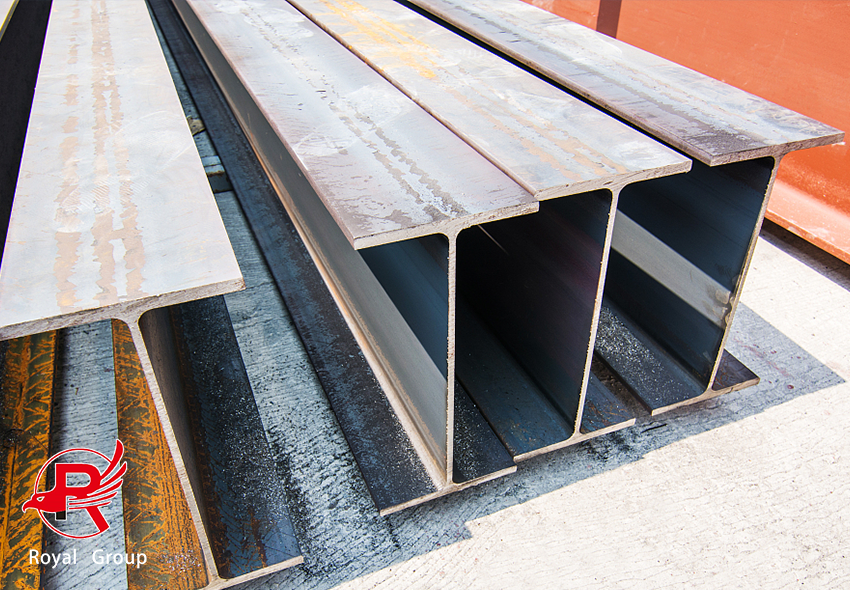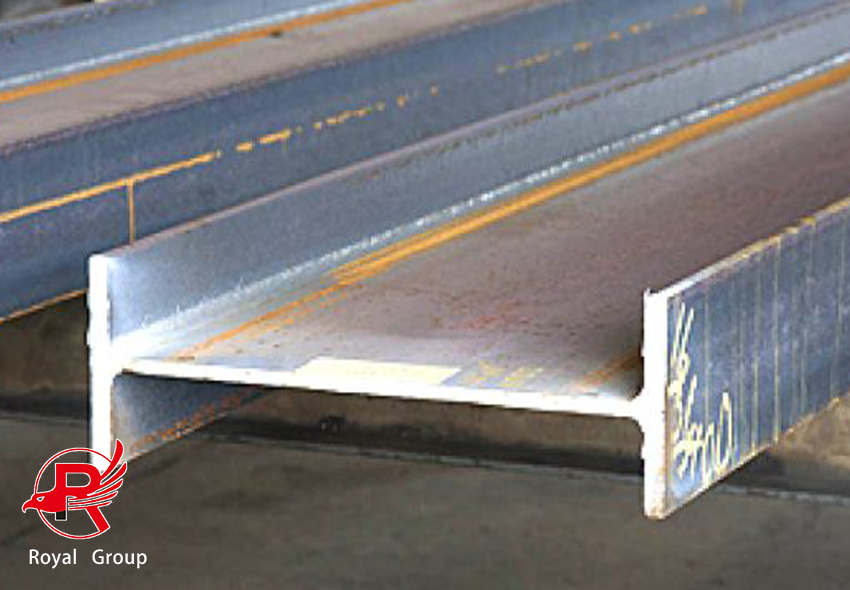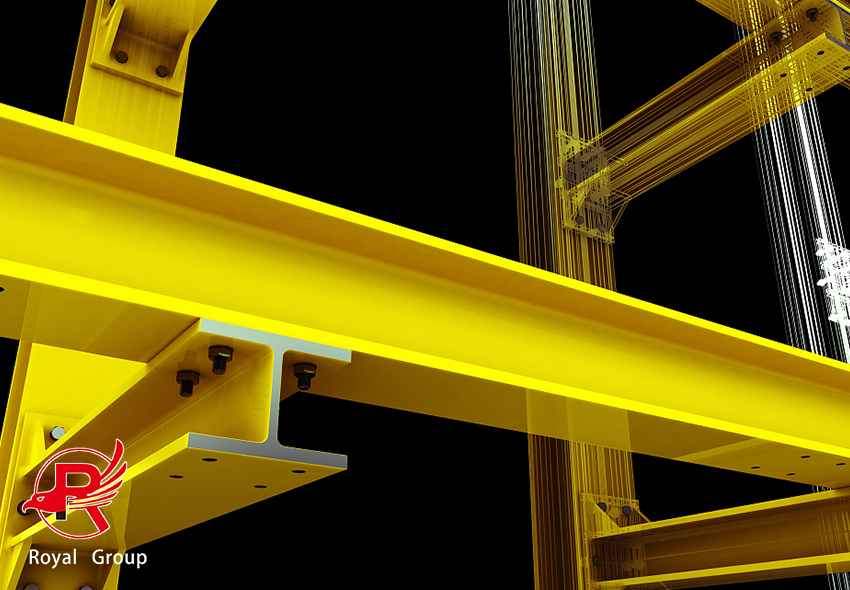In the field of modern construction and engineering, H - beams have become the first - choice steel materials for numerous projects due to their unique performance advantages. Today, let's take an in - depth look at H - beams and the differences between their popular materials.

Hea H Beam
The Hea H Beam belongs to the hot - rolled H - beam series under European standards. Its design is precise, with a carefully calculated ratio of flange width to web thickness. This allows it to optimize material usage efficiency while ensuring structural strength. The Hea series is commonly used in the framework construction of large - scale buildings, such as high - rise office buildings and industrial plants. Its material properties enable it to perform outstandingly in withstanding vertical and horizontal loads, providing stable support for buildings.

W8x15 H Beam
The W8x15 H Beam is a wide - flange H - beam in the American standard. Here, "W" represents wide - flange, "8" indicates that the nominal height of the steel section is 8 inches, and "15" means that the weight per foot of length is 15 pounds. This specification of H - beam is suitable for a variety of building structures, especially in projects with high requirements for space utilization and structural flexibility. Its material has good weldability and machinability, facilitating various operations during the construction process.

A992 Wide Flange H Beam
The A992 Wide Flange H Beam is a widely used wide - flange H - beam in the American construction market, complying with the ASTM A992 standard. Its chemical composition and mechanical properties are strictly regulated, with good comprehensive performance. The A992 material of H - beam has a relatively high yield strength, which can withstand large loads in building structures. At the same time, it has good weldability and cold - bending properties, making it convenient for processing and installation at the construction site. It is often used in large - scale infrastructure projects such as high - rise buildings and bridges.
In conclusion, different types of H - beams have certain differences in materials, specifications, and application scenarios. In actual engineering, we need to comprehensively consider various factors according to specific project requirements and select the most suitable H - beam material to ensure the quality and safety of the project. I hope that through today's sharing, you can have a clearer understanding of the differences between H - beams and their popular materials, and make more informed choices in future projects. Have you used any of these H - beams in your actual projects? Feel free to share your experiences.
Address
Bl20, Shanghecheng, Shuangjie Street, Beichen District, Tianjin, China
Phone
+86 13652091506
Post time: Jan-17-2025
